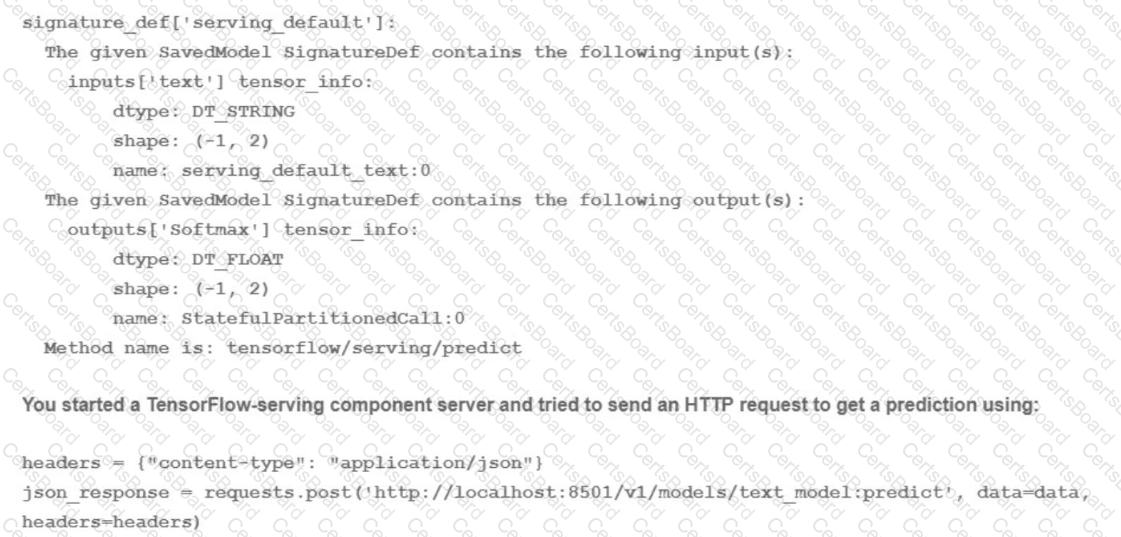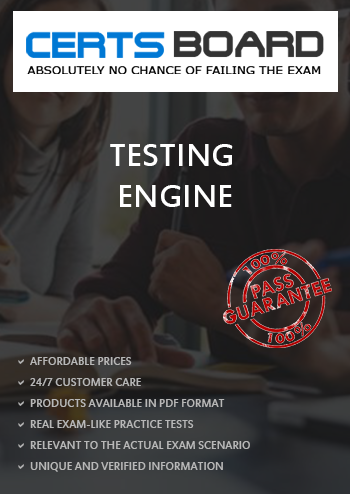You are training models in Vertex Al by using data that spans across multiple Google Cloud Projects You need to find track, and compare the performance of the different versions of your models Which Google Cloud services should you include in your ML workflow?
You work with a learn of researchers lo develop state-of-the-art algorithms for financial analysis. Your team develops and debugs complex models in TensorFlow. You want to maintain the ease of debugging while also reducing the model training time. How should you set up your training environment?
You work with a data engineering team that has developed a pipeline to clean your dataset and save it in a Cloud Storage bucket. You have created an ML model and want to use the data to refresh your model as soon as new data is available. As part of your CI/CD workflow, you want to automatically run a Kubeflow Pipelines training job on Google Kubernetes Engine (GKE). How should you architect this workflow?
You were asked to investigate failures of a production line component based on sensor readings. After receiving the dataset, you discover that less than 1% of the readings are positive examples representing failure incidents. You have tried to train several classification models, but none of them converge. How should you resolve the class imbalance problem?
You work for a global footwear retailer and need to predict when an item will be out of stock based on historical inventory data. Customer behavior is highly dynamic since footwear demand is influenced by many different factors. You want to serve models that are trained on all available data, but track your performance on specific subsets of data before pushing to production. What is the most streamlined and reliable way to perform this validation?
You are working on a system log anomaly detection model for a cybersecurity organization. You have developed the model using TensorFlow, and you plan to use it for real-time prediction. You need to create a Dataflow pipeline to ingest data via Pub/Sub and write the results to BigQuery. You want to minimize the serving latency as much as possible. What should you do?
You recently created a new Google Cloud Project After testing that you can submit a Vertex Al Pipeline job from the Cloud Shell, you want to use a Vertex Al Workbench user-managed notebook instance to run your code from that instance You created the instance and ran the code but this time the job fails with an insufficient permissions error. What should you do?
Your team is training a large number of ML models that use different algorithms, parameters and datasets. Some models are trained in Vertex Ai Pipelines, and some are trained on Vertex Al Workbench notebook instances. Your team wants to compare the performance of the models across both services. You want to minimize the effort required to store the parameters and metrics What should you do?
You have trained a text classification model in TensorFlow using Al Platform. You want to use the trained model for batch predictions on text data stored in BigQuery while minimizing computational overhead. What should you do?
You trained a text classification model. You have the following SignatureDefs:

What is the correct way to write the predict request?


